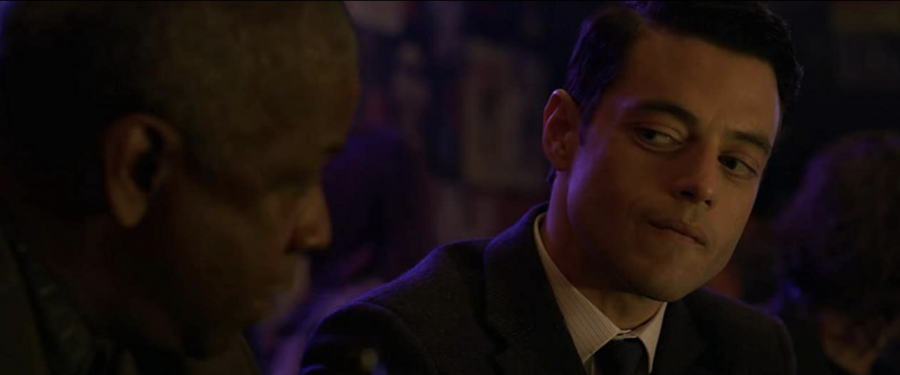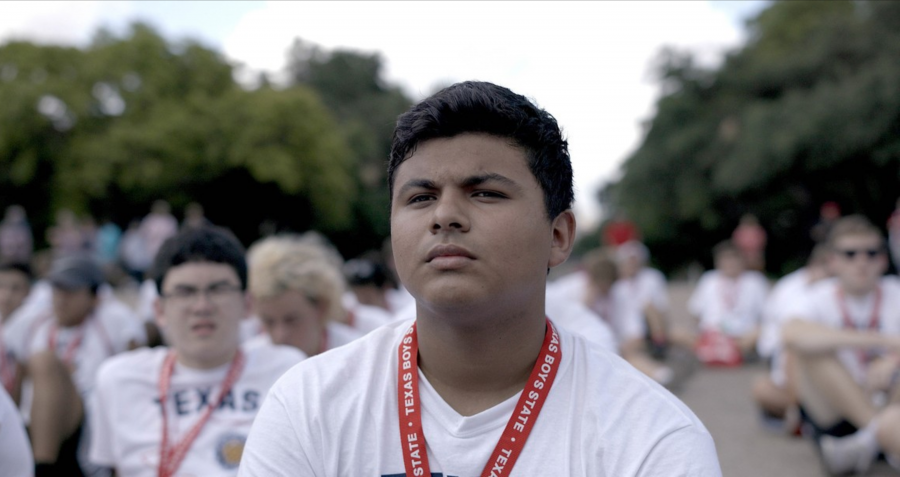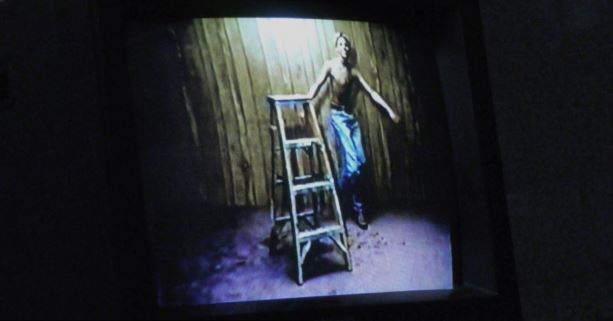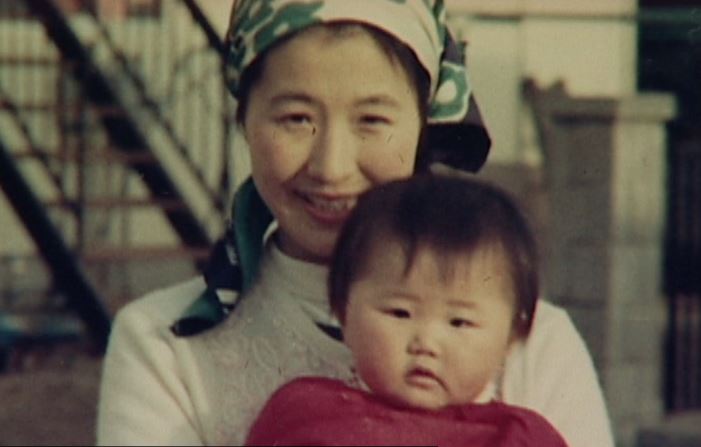Christmas Island is the small land mass with a spirited name and has a reputation for hosting the great red crab migration; on the surface, this Australian territory seems like another tourist destination, but director Gabrielle Brady dives into the more unsettling truth with ‘Island of the Hungry Ghosts.’
Brady successfully chooses which shots to show the audience with beautiful but dangerous views of the ocean crashing on black jagged rocks, and dark, dense jungles being hacked away with machetes. The imagery leaves audiences in awe while also searching and finding the message behind it. Viewers are able to live the life of trauma counselor Poh Lin Lee, as she helps detained refugees seeking asylum. While the audience is immediately humbled by the unfair and painful lives the refugees had to and are living, Lee can be seen struggling emotionally to help those who seem to be in a neverending decline.
The internal fight in Lee is further heightened due to the government moving her patients to different locations without her knowledge or consultation, and the depressing thought that she isn’t serving the people, but the system. The elegance of the documentary is that there are no face to face formal interviews. All the shots are as if the cameraman is an invisible being, silently observing Lee and those around her. When one is allowed to come to realize the deep issues behind Christmas Island’s Detention Centre, it is more powerful than being listed by a person on the screen.
A consolation to viewers is the family Lee brought with her to the Island. The film brings in more elements of humanity by not just focusing on Lee’s work life, but how she is also a mother to two young daughters and is able to lean on her husband for support. These family moments make up the more lighter scenes of the movie as we follow the Lee family in nature trails and a camping night.
In the documentary, audiences have more to delve into than humans stories. They can also follow the famous red crabs. These creatures are filmed scuttling side to side across roads, over tree roots and through masses of jungle; locals help the crabs by blocking roads, creating bridges out of logs and gently raking the crabs away from cars. Brady’s choice to include the crabs’ journey through the island is deliberate and purposeful. There is a dramatic juxtaposition between the people’s treatment of the crabs and the refugees. While the government puts a stop to the refugees’ voyage to a safer place, the crabs are given cover and protection from humans. The back and forth scenes between people and crabs gives the crustaceans enough screen time to be seen as more than just a transition, and instead another light shed to the ill treatment of the refugees.
Brady emboldens the audience to think beyond the surface again by including the Chinese belief in ghosts, or spirits of the dead. There are scenes including the bright burning flames engulfing the offerings the locals give to the dead so their spirits do not bother the living, in their transition to the afterlife. Following two locals to the graves of the unnamed Chinese immigrants who died mining, and were not permitted to leave the island, is more comparison to the immigrants being held in the detention centre. Yet viewers can see the people on the island care more about creating a peaceful transition to the dead, than those who are living. Brady brings the message straight back to the refugees, who are trying to create a better life for themselves but do not have the support the ghosts do in their transition.
‘Island of the Hungry Ghosts’ is almost outstanding because of the compelling human stories and empathy it pulls from viewers. Therefore, it was disappointing to watch the movie and be distracted by unbearingly long shots pushing in, pulling out, panning right and more. They were undeniably breathtaking scenery shots, but took enough time that it built suspense, and then showed nothing. Instead of being completely immersed in the story, these scenes abruptly cleaved the trance viewers were in. This issue could have easily been fixed by taking 10 seconds out of these long nature transition scenes.
Another frustrating distractor was the sound that accompanied the film. The dramatic music crescendos, background blasting tribal moans, creaks, insects and ghastly sounds seemed to have the purpose of creating an eerie and haunting effect on the island, but was unnecessary. The film is dramatic and compelling enough with the imagery and people in it, and so the obnoxious sounds were just unpleasant.
If one can get past the distractors and focus on the powerful message being pieced together throughout the film, ‘Island of the Hungry Ghosts’ will surely impress. Brady made the intelligent decisions regarding what was filmed, and immersed the audience into the dangerously beautiful Christmas Island. The varying stories on migration and moving through life bring people to realize the freedom they possess and those who sadly don’t. This documentary broke a window into the lives of detained refugees for all to see, and brilliantly ends with the main focus, Lee, leaving with uncertainty on what is next in her life; which is not so different than the refugees who live everyday uncertain if they will ever be able to leave. This was the one difference as Lee has the privilege to do so.
Everyone should watch ‘Island of the Hungry Ghost’ as geography and the ugliness of the truth would not usually provide an in-depth look into the refugees people’s lives. Whether the viewer watches and leaves with a new appreciation for life, or does not care for the refugee’s circumstance, it is important to be knowledgeable and begin to understand the people who are mistreated.
What did you think of ‘Island of the Hungry ghost?’ Let us know in the comments below!
Categories:
‘Island of the Hungry Ghosts’ shows suffering in idyllic landscape
March 4, 2019

Photo by truefalse.org
0
Tags:
More to Discover
























































































